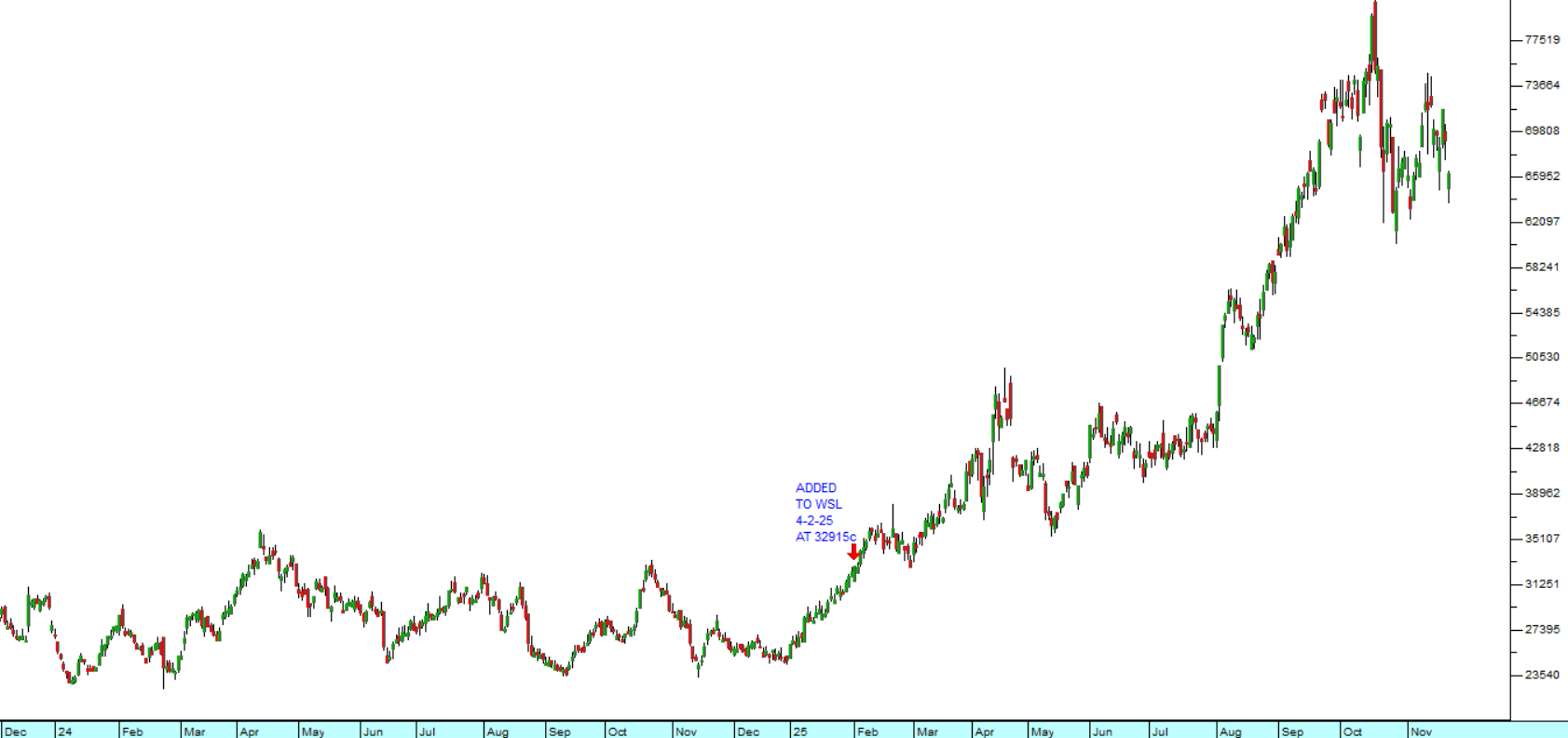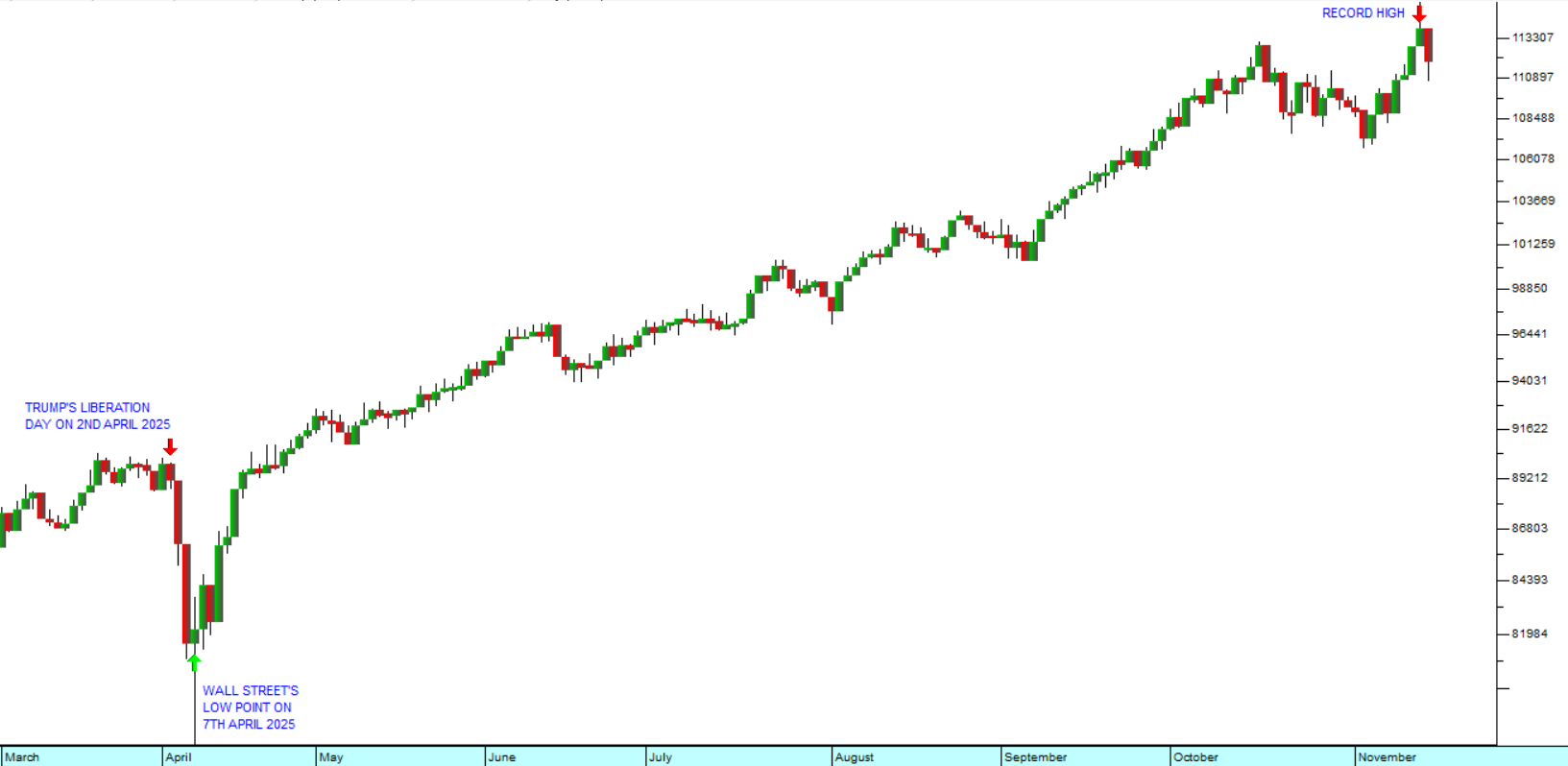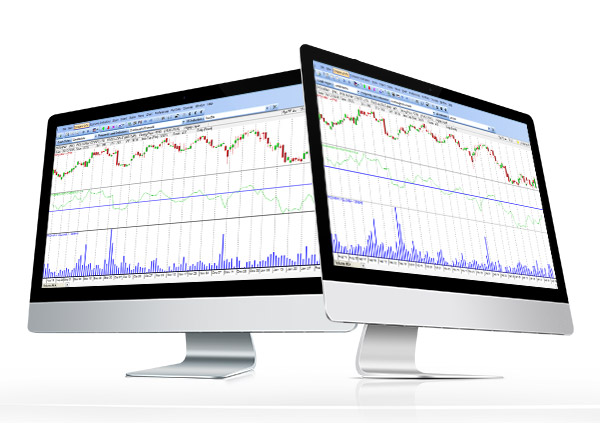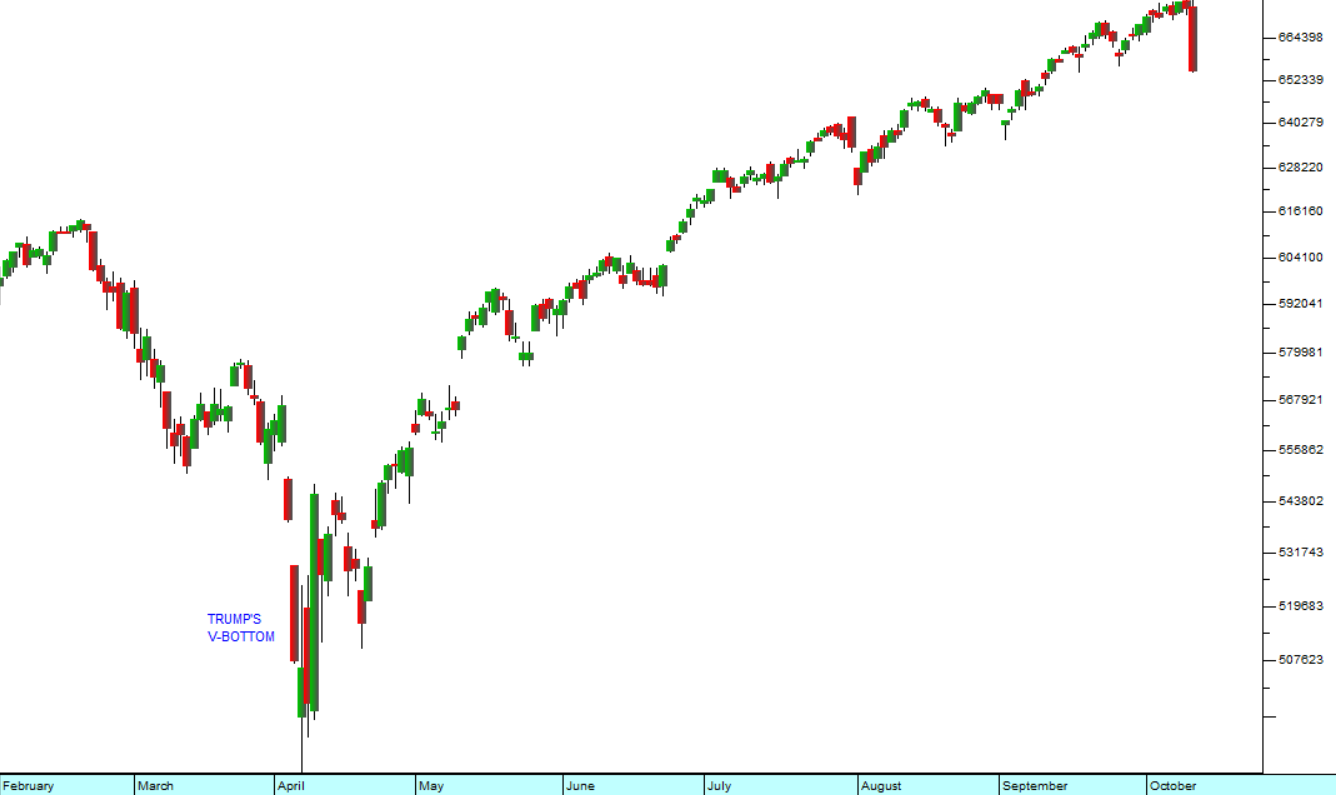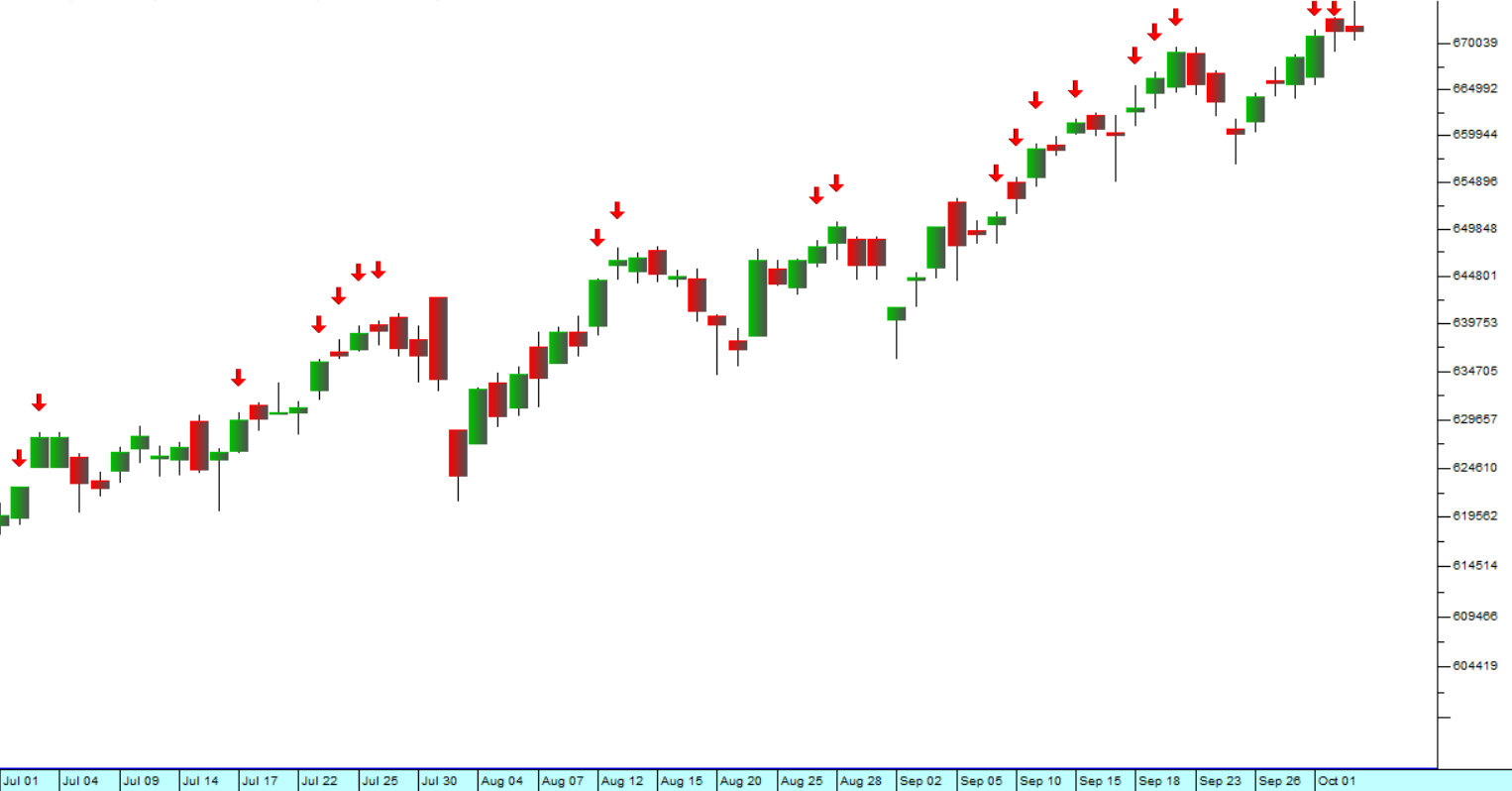Sibanye Revisited
12 May 2025 By PDSNETIn these uncertain times, when nobody really knows to what extent Trump will back down on the international trade war which he has initiated, many investors are moving into precious metals as a hedge against the weakness of paper currencies (especially the US dollar) and paper assets like equities and bonds.
The problem with holding precious metals themselves, however, is that they pay no dividends and so can only be seen as a short-term haven. In the longer term it is always better to own an asset which generates a return, even if that means taking a higher risk. A compromise would be to invest in a company which produces precious metals such as Sibanye (SSW).
Sibanye was cobbled together by mining expert, Neal Froneman, between 2013 and 2021 through a series of daring and brilliant acquisitions. For half of that time (until January 2016) precious metals prices were under pressure and Froneman was snapping up valuable assets that were going for bargain basement prices. He acquired the Stillwater palladium mine in America for $2,2bn and Lonmin following the Marikana massacre for shares. Both assets substantially improved Sibanye’s portfolio, but at some considerable risk.
In more recent times and as he approaches his retirement date (September 2025), Froneman has seen the need to diversify away from precious metals and has been acquiring and building mines which can produce and refine zinc and lithium. But the diversification that Sibanye has benefitted the most from in the past 18 months is its South African gold mines.
Gold is a sought-after hedge against the uncertainty which exists in international markets at the moment. Many central banks are reducing their reliance on US Treasury bills and increasing their investment in bullion. The US dollar price of gold has risen 62% since it broke above resistance at $2060 in March last year (first alerted in our Confidential Report of March 2024). This has given Sibanye a windfall, increasing its earnings before interest taxation depreciation and amortisation (EBITDA) in that area by 178% in the latest quarter.
Technically, SSW was in a long-term downward trend from March 2022 until September 2024 mainly because of the decline in commodity prices and precious metals generally. It broke up through its long-term downward trendline on the 1st of October 2024 and has been in a rising trend since then. Consider the chart:

The chart shows the downward trendline associated with the extended period of falling commodity prices as well as the upside break at the beginning of October last year. We have also recently added the share to our Winning Shares List (WSL).
You should also note that the share made a double bottom at about 1410c with bottoms on the 11th of September 2024 and the 28th of February 2025. This is often a good bullish signal that the direction of the bottom of a downward trend has been reached. Since then, the share has moved up to close last Friday at 2285c.
Of course, Sibanye is a share whose performance depends on the prices of the commodities which it produces and sells – and so it is dependent on the prices of those commodities on international markets. Some of this risk has been reduced by the company’s policy of diversification, but not all.
We believe that it is one of the premier mining houses in the world and will continue to perform well even after Neal Froneman’s retirement.
DISCLAIMER
All information and data contained within the PDSnet Articles is for informational purposes only. PDSnet makes no representations as to the accuracy, completeness, suitability, or validity, of any information, and shall not be liable for any errors, omissions, or any losses, injuries, or damages arising from its display or use. Information in the PDSnet Articles are based on the author’s opinion and experience and should not be considered professional financial investment advice. The ideas and strategies should never be used without first assessing your own personal and financial situation, or without consulting a financial professional. Thoughts and opinions will also change from time to time as more information is accumulated. PDSnet reserves the right to delete any comment or opinion for any reason.
Share this article:
